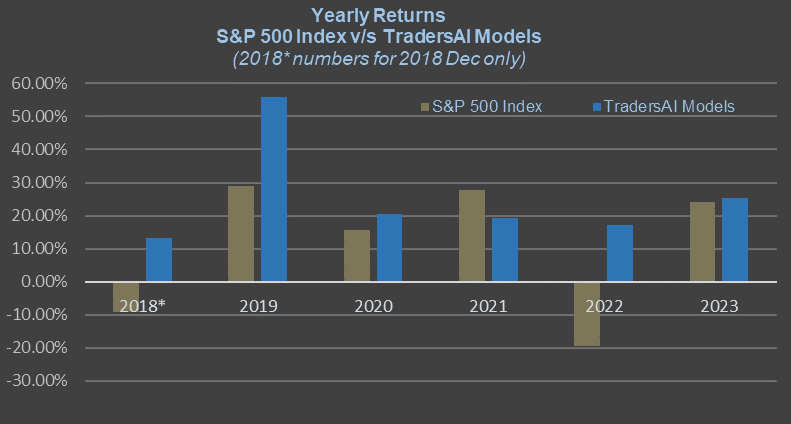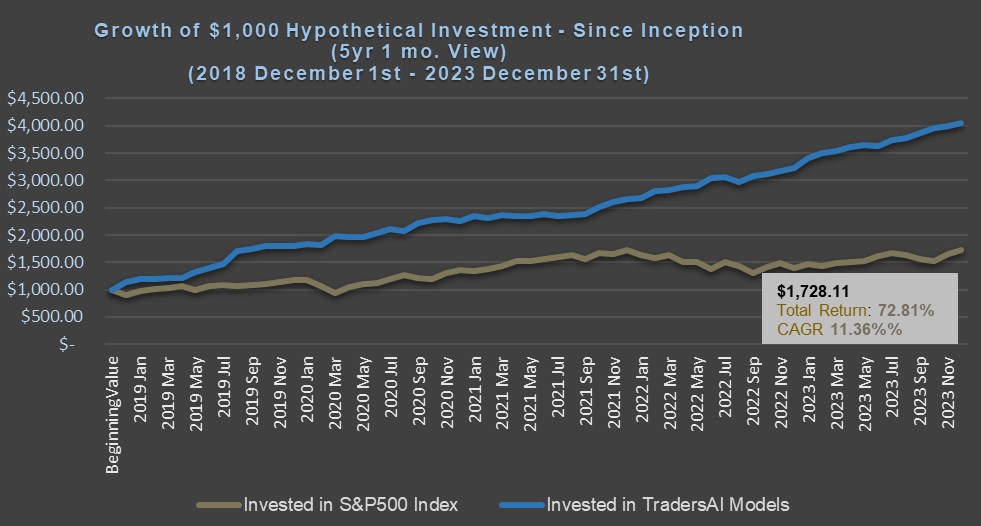With No Catalysts in Sight, Market Likely Stuck and Not Going Anywhere Fast?
The geopolitical events involving Turkey’s Lira does not seem to be a big concern for the global economy or financial markets – at least, not yet, as we forecast with our clear words:
“However, do NOT write it off and do NOT short the index unless key support levels are broken down.” (click here to read the full report/verify this claim).
At the same time, there does not seem to be much bullish steam left in the market engine to take the markets above and beyond the recent highs – and resistance – to register any new record highs. Hence, the market might be stuck in the broad range of 2820-2860.
Unless you are a professional, intraday/medium-frequency trader, engaging in trades within this range might only lead to getting whipsawed. Patiently waiting for the index to break out of this range could prove to be the best course of action.
Model Biases/Outlook:
In our intraday trading plan for S&P 500 Index yesterday, we wrote: “Above 2844, the models would go long (buy) with a tight trailing stop (about 6 points). Below 2820, models would go short (sell) with a tight trailing stop (about 6 points)”.
And, the market registered the session high at 2843.40 (just 0.6 points away from our upper bound) and the session low at 2819.88 (just 0.12 points below our lower bound)! One of our regular readers commented that this is what a market crystal ball would work like!
While we feel flattered with such comparison and take pride in the precision with which our models have been publicly forecasting the key resistance and support levels for the last few months, we deem it necessary to caution our readers/followers of our models to not get too complacent or excited about the accuracy (they do NOT always work so well and can produce forecasts that may be way off sometimes) and to not engage in “all-in” trading. Always trade within your risk profile and as appropriate for your individual financial situations and objectives.
Barring any further negative developments in the geopolitical space, there is no bearish territory in sight, all the way to below 2820 on the S&P 500 Index. The Turkish Lira’s crisis has so far failed to pierce this 2820 level.
On the other hand, there is no bullish territory in sight until all the way above 2860. Between 2820 and 2860, it is going to be another choppy trading range.
A Brief Trace Back of The Current Bias/Outlook
After 14 consecutive days of bearish bias, our models have negated the bearish bias on last Friday, 07/06/18 when it closed at 2759.82! Since then, our models have been consistently forecasting bullish strength and are yet to flash any concerns about any bears in sight, until Friday, 07/27.
After reiterating the bullish momentum for 21 consecutive days, our models abandoned the bullish bias with the action on last Friday 07/27, but have NOT replaced it with bearish bias yet. We are in this “neither bullish, nor bearish” state until Tue 08/07.
Eight days after the “neutral/indeterminate” bias, our models have resumed the bullish bias as of Tue 08/07. We continue this bullish bias for the seventh day today, Tue 08/14, but raise some caution about the bulls losing steam in the wake of geopolitical headlines and the drying up of positive earnings stream due to the end of the earnings season.
Trading Plans for TUE, 08/14:
Medium-term/long-term Investors
Medium term models indicate a slightly bullish state for the S&P 500 Index. The models are currently flat (no positions) and are waiting for a break out to go long.
For today’s regular session, the medium term models indicate going long on a break above the index level of 2860, with a 10-point trailing stop. No bearish bias until all the way below 2820.
Remember that a “trailing stop” works differently from the traditional stop-loss order. Please bear in mind that the trailing stop’s trigger level would keep changing throughout the session (click here to read on the conceptual workings of a trailing-stop).
Aggressive, Short-term, Intraday, or Professional Traders
Intraday aggressive models indicate an “indeterminate” state for the S&P 500 Index. The models are currently flat.
For today’s regular session, the intraday aggressive models indicate trading off of the 2842-2823 as the pivot band. Above 2842, the models would go long (buy) with a tight trailing stop (about 6 points). Below 2823, models would go short (sell) with a tight trailing stop (about 6 points).
To avoid getting caught up in whipsaws and overtrading, wait for a confirmation of the breakout of these levels on at least a 15/5/1 minute bar or two, depending on your trading style and risk profile.
Remember that a “trailing stop” works differently from the traditional stop-loss order. Please bear in mind that the trailing stop’s trigger level would keep changing throughout the session (click here to read on the conceptual workings of a trailing-stop).
IMPORTANT RISK DISCLOSURES AND NOTICES – READ CAREFULLY:
(i) This article contains personal opinions of the author and is NOT representative of any organization(s) he may be affiliated with. This article is solely intended for informational and educational purposes only. It is NOT any specific advice or recommendation or solicitation to purchase or sell or cause any transaction in any specific investment instruments at any specific price levels, but it is a generic analysis of the instruments mentioned.
(ii) Do NOT make your financial investment or trading decisions based on this article; anyone doing so shall do so solely at their own risk. The author will NOT be responsible for any losses or loss of potential gains arising from any investments/trades made based on the opinions, forecasts or other information contained in this article.
(iii) Risk Warning: Investing, trading in S&P 500 Index – spot, futures, or options or in any other synthetic form – or its component stocks carries inherent risk of loss. Trading in leveraged instruments such as futures carries much higher risk of significant losses and you may lose more than you invested in them. Carefully consider your individual financial situation and investment objectives before investing in any financial instruments. If you are not a professional trader, consult a professional investment advisor before making your investment decisions.
(iv) Past performance: This article may contain references to past performance of hypothetical trades or past forecasts, which should NOT be taken as any representation or promise or guarantee of potential future profits. Past performance is not indicative of future performance.
(v) The author makes no representations whatsoever and assumes no responsibility as to the suitability, accuracy, completeness or validity of the information or the forecasts provided.
(vi) All opinions expressed herein are subject to change at any time, without any notice to anyone.





